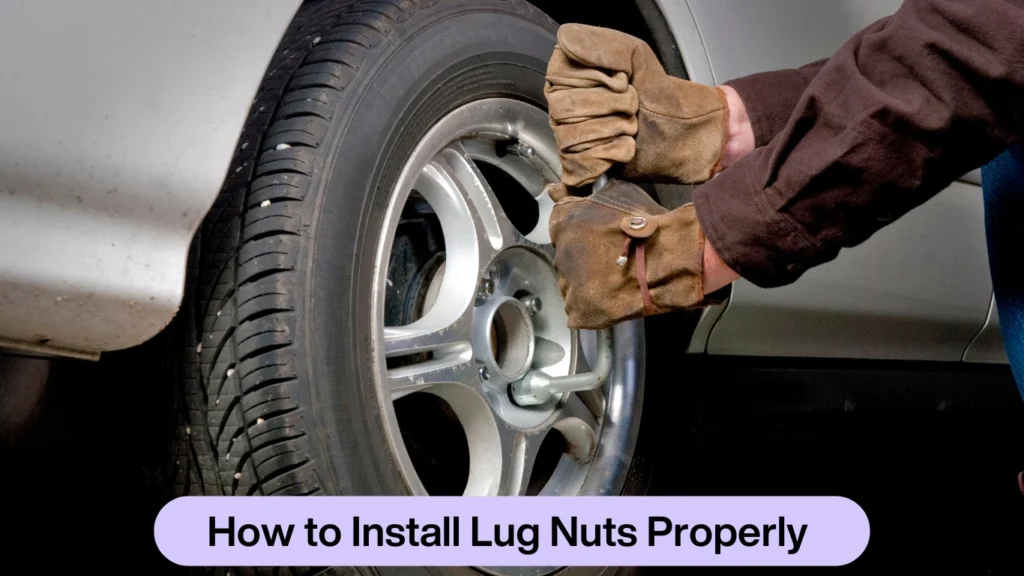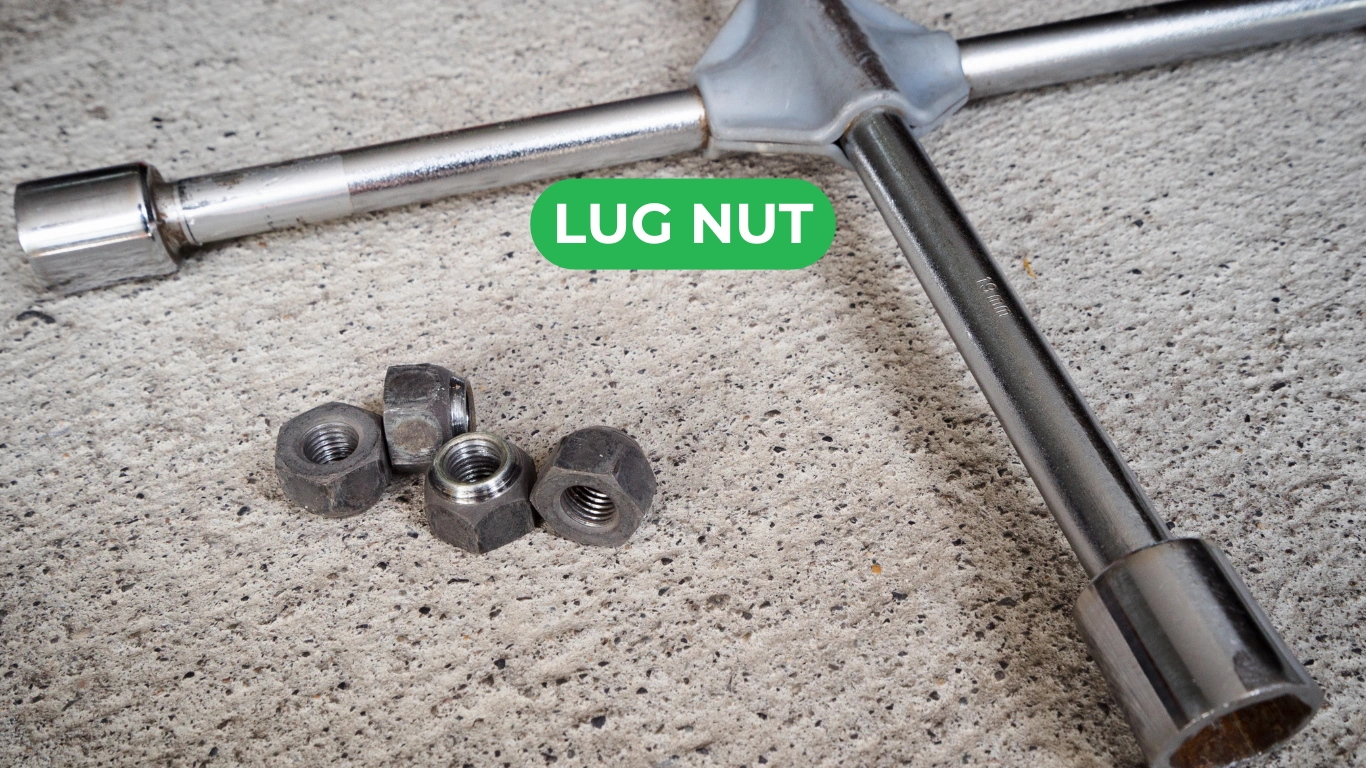Lug Nut: Everything You Need to Know for Secure Ride
lug nut may seem like a small and simple part of a vehicle, but it plays a crucial role in ensuring your safety on the road. The lug is a type of fastener that secures the wheels of a vehicle to the hub, allowing the wheels to stay firmly in place while driving. If nuts are not properly installed or maintained, the wheel could become loose, causing dangerous driving conditions. Despite their small size, nuts are engineered to handle intense pressure and friction. Understanding the different types of nuts, their materials, and proper installation methods can help you maintain your vehicle and avoid potential problems.
What is a Lug Nut?
A lug nut is a specially designed fastener used to attach a wheel to the axle of a vehicle. It is designed to fit securely onto the wheel’s lug holes and the vehicle’s studs, ensuring that the wheel stays firmly attached during driving. Nut come in different shapes and sizes to match the wheel design and the manufacturer’s specifications.A typical nut consists of a threaded interior that screws onto the wheel stud. The outer part of the nut often has a hexagonal shape, which allows it to be tightened or loosened with a wrench or socket. Most vehicles have either four, five, or six nuts per wheel, depending on the design and weight requirements of the vehicle.
How to Prevent Lug Nut Issues
Regular maintenance and proper installation are the best ways to prevent lug nut problems. It’s important to check the torque of the nuts regularly, especially after tire changes or wheel rotations. Using an anti-seize compound on the threads can help prevent rust and make it easier to remove the nuts when needed.Avoid using power tools to install nuts, as they can apply too much torque and damage the threads. Always use a torque wrench to ensure the nuts are tightened to the manufacturer’s recommended specifications. If a nut shows signs of corrosion, damage, or wear, replace it immediately to prevent future problems.
Materials Used in Lug Nuts
Nuts need to withstand high levels of pressure, heat, and corrosion, which is why they are made from durable metals. The three most common materials used for nuts are chrome-plated steel, titanium, and anodized aluminum.
| Material | Strength | Corrosion Resistance | Common Use |
|---|---|---|---|
| Chrome-Plated Steel | High | Moderate | Standard for most passenger cars and trucks. |
| Titanium | Very High | Excellent | High-performance and racing vehicles. |
| Anodized Aluminum | Moderate | High | Lightweight vehicles and custom wheels. |
Chrome-plated steel lug are the most widely used because they provide a strong balance of durability and cost-effectiveness. Titanium nuts are highly resistant to corrosion and lightweight, making them ideal for high-performance vehicles. Anodized aluminum lug are used in custom and lightweight applications, but they are not as strong as steel or titanium.
How to Install Lug Nuts Properly

Proper installation of lug nuts is essential to prevent wheel loosening and potential accidents. The process involves aligning the wheel with the hub and tightening the nuts in a specific pattern to ensure even pressure distribution.To install a nut correctly, place the wheel on the hub and hand-thread each nut onto the studs. Use a torque wrench to tighten the nuts in a star or crisscross pattern. This method ensures that the pressure is distributed evenly across the wheel. Over-tightening can strip the threads or damage the wheel, while under-tightening can cause the wheel to wobble or detach.
Torque specifications for nuts vary depending on the type of vehicle and the size of the wheel. Most passenger cars require torque between 60 and 80 ft/lbs, while SUVs and trucks typically require torque between 80 and 120 ft/lbs. After driving for 50 to 100 miles, it’s important to recheck the torque to make sure the lug nuts remain secure.
Common Lug Nut Problems
Lug nuts can experience several problems if they are not properly maintained or installed. One of the most common issues is loose nuts, which can cause the wheel to wobble or detach while driving. Cross-threading is another common issue, which occurs when the nut is improperly threaded onto the stud, damaging both the nut and the stud.Rust and corrosion can also weaken nuts over time, especially in areas where road salt and moisture are common. Over-tightening can cause the nut to crack or strip the threads, making it difficult to remove. Missing lug nuts are a serious issue because they place extra stress on the remaining lug nuts, increasing the risk of wheel detachment.
Why Aftermarket Lug Nuts Are Popular
Aftermarket lug nuts have gained popularity among car enthusiasts because they offer enhanced strength, durability, and style. Aftermarket nuts are often made from high-grade steel or titanium, which makes them more resistant to corrosion and damage. Many aftermarket lug nuts also come in a variety of colors and finishes, allowing car owners to customize the look of their wheels.For performance vehicles, lightweight titanium nuts are a popular choice because they reduce the overall weight of the wheel assembly, improving handling and speed. Some aftermarket lug nuts also include locking mechanisms to prevent theft, adding an extra layer of security.
Conclusion:
Lug nuts may seem like small and simple components, but they play a critical role in keeping your vehicle safe and secure. Understanding the different types of nuts, their materials, and proper installation methods can help you avoid common problems like loose or damaged nuts. Choosing high-quality nuts and maintaining them properly will ensure that your wheels remain securely attached, improving both safety and performance. Whether you prefer standard chrome-plated steel or high-performance titanium, selecting the right nut for your vehicle is essential for a smooth and secure ride.







